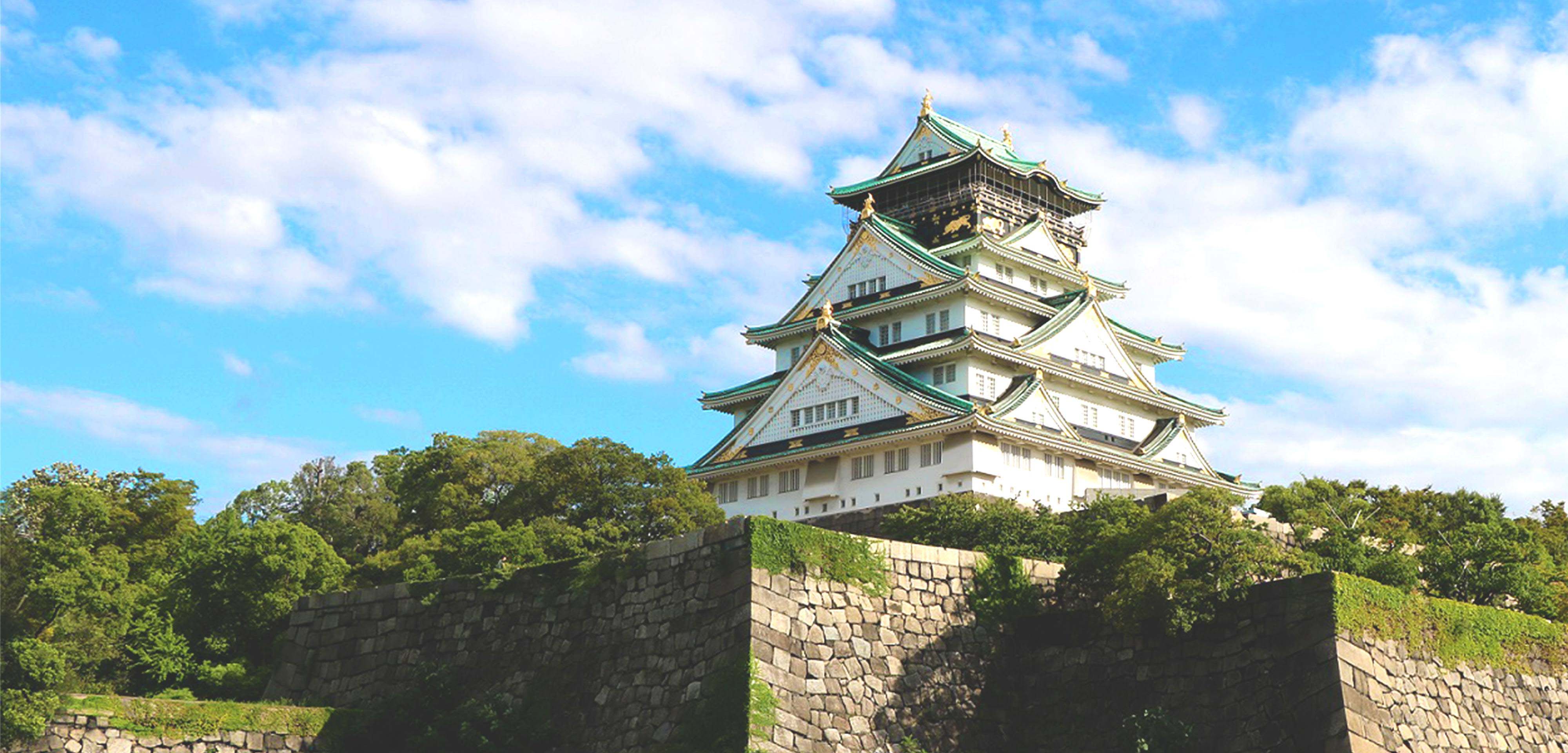天下人の栄華と
動乱の歴史を
刻む名城
大阪城は戦国時代の大坂本願寺(石山本願寺)を前身とし、織田信長と戦った石山合戦、豊臣秀吉による築城、大坂の陣による落城、徳川幕府による再築、明治維新の動乱による焼失、明治維新後の陸軍管轄、戦後の公園整備と、日本の歴史とつねに深いかかわりを持ちながら現在に至っています。いま見ることができる石垣や堀、大手門・多聞櫓・千貫櫓などといった古建造物はすべて徳川時代以後のもので、一帯は国の特別史跡に、古建造物のほとんどは重要文化財に指定されています。
天守閣は、豊臣時代・徳川時代に続く3代目のもので、昭和6年(1931)市民の寄付金によって復興されました。現在まで90年以上の歴史を刻み、国の登録文化財にも指定されています。そして復興以後「大阪城天守閣」という名の歴史博物館として、豊臣秀吉や戦国時代、大阪城の歴史にかかわる豊富な文化財を収蔵し、内部の展示室において随時入れ替えを行ないながら公開しています。







